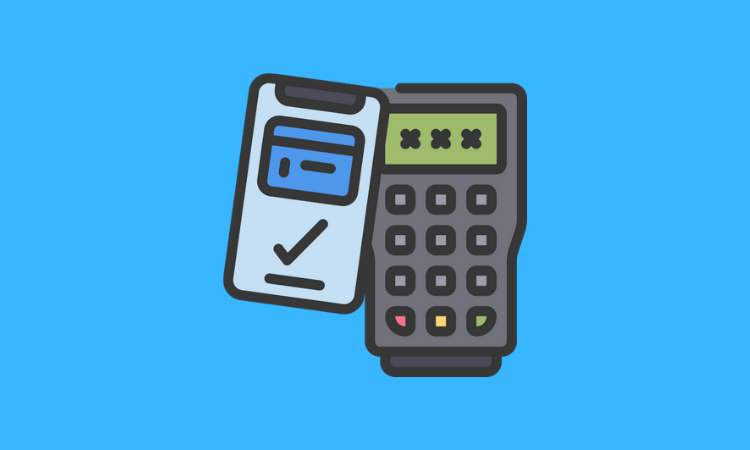Member Exclusive, Payments
As the effects of COVID-19 continue to rise in the U.S., so does the use of contactless payments
- Use of contactless payments has accelerated since the rise of COVID-19
- Access, education and privacy concerns remain obstacles.









This is something we’ve been waiting for years for (even before Apple Pay came out), and there is still a ways to go for large-scale adoption of contactless payments as the POS. I think it’s 2 main issues for the consumer: Behavior and Convenience. A founder of a payments startup I spoke to a few years ago put it perfectly (for a TS article): “Until I know I can go to the gym without my wallet, and know I can buy a bottle of water on my way home, people are still going to use cash/card.” That plus people naturally reaching for their wallets instead of the phone to pay show we’re still not there yet, but def a compelling idea that hygiene may push adoption.
We also see this trend in Canada, the UK, and Australia for the ~50% of our POS customers who use an integrated payment partner. From the merchant conversations we have had, the (obvious) key driver is health & safety. However, over the past couple of years, we have seen a rise in the number of cashless merchants in our portfolio, so Covid merely accelerated this trend.
You know what would really accelerate contactless payments in the U.S.? A consistent point of sale experience. Seemingly every terminal has a “right place” to tap, you can’t easily tell if you can tap and people behind the counter are under trained on process.